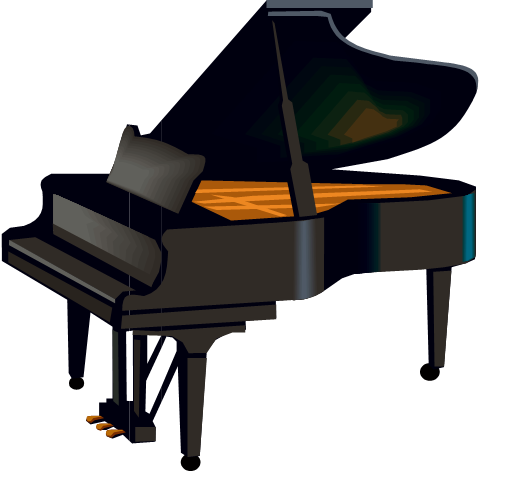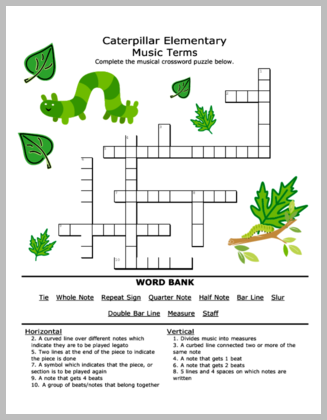Effective Practice Should NOT Take Many Hours! (Improve your practice skills)
Make the Most of Your Practice Time
The Best Practice Has:
(1) A plan or goal (best if written down). Before you start practicing, decide what you want to accomplish. Make sure you choose goals that you can accomplish in one practice session.
(2) A quiet, uninterrupted place to practice. It is easier to learn and focus when there are no distractions. So, make sure the TV is turned off and siblings are not talking to you.
(3) Energy. Be sure to practice when you’re awake and full of energy.
Practice in Small Bursts
(1) Very young students should learn to master 5 minutes of great practicing at a time and then gradually increase to 15 minutes.
(2) As students get older their concentration will last longer. Practice sessions can be divided into groups of 15 minutes, 30 minutes, or hours.
(3) Practice only as long as you can think and play well. If you get, tired take a break and come back later.
Creative Practicing
Try some of the following ideas to spice up your practicing and make things fun:
(1) Practice Backwards
For this example we will pretend that we’re learning a piece that is 12 measures long. First choose how many measures you can really learn in one practice. Let’s pretend that is 4 measures. Learn measures 9-12, and practice until they are really comfortable. At your next practice you will review measures 9-12, and then learn measures 4-8. Once measures 4-8 are comfortable you will play measures 4-12. At the next practice review measures 4-12, then learn measures 1-4. Once measures 1-4 are comfortable you can play measures 1-12. You have now learned the entire piece!
(2) Switch Hands
This practice technique is a brain teaser. If you’re stuck and not making progress, shake it up with something out of the ordinary. This will help you see things in new ways and get out of your rut.
Use your RIGHT hand to play the *left hand part* up in the treble keys. Then use your LEFT hand to play the *right hand part* and play it in the bass keys. Play the hands separately, but be sure to put all of the dynamics and articluation into it.
(3) Hand Crossover
This is a great technique for practicing scales. Take your LEFT hand and cross it OVER the right hand, or take the RIGHT hand and cross it OVER the left hand. Play the scale all the way up and down the keyboard *with hands crossed*. That’ll really make you think. It’s fun and silly and great practice for your motor skills and your brain!

Timed Practice
Timed practice is a great idea if you have a hard time sitting still for a long time. Set a timer for 5 minutes or 10 minutes or whatever you can do well. Then with a goal in mind, practice for that amount of time only. When the timer rings take a break. After you’ve stretched, relaxed, had a drink of water, etc., set the timer again and practice some more! To make it even more fun, make a game out of it: how many scales, arpeggios, or music phrases can you get done before the timer rings?
Fixing Mistakes
NEVER play, make a mistake, fix it, and then keep playing! This will only reinforce your mistake. Instead, if you have a mistake make it a “practice spot” and do the following steps:
- STOP and THINK.
- Fix your mistake and practice only that spot several times.
- Once you can play the practice spot perfectly 3 times in a row go back a few measures and begin to play again.
- Play from a few measures before the practice spot to a few measures after the practice spot.
- Play that section several times.
- Then start even further back and continue to play through the piece.
If you have problems at any one of those stages then STOP, THINK, and go through the steps again. Always fix the mistake first and then blend it in with the music around it by starting before the mistake and playing through it.
Finding the Right Teacher
It is very important to find a teacher who is right for you. A good teacher will help you improve your practice skills and provide useful ideas so you can learn the piano quickly. A teacher-student relationship should be one that is comfortable, positive, and helpful.
